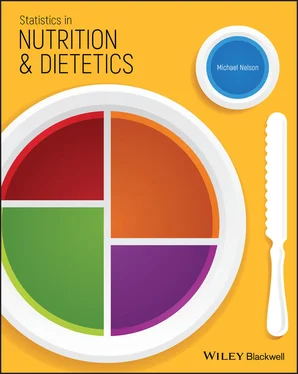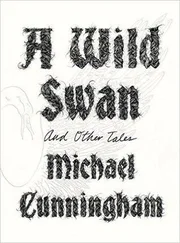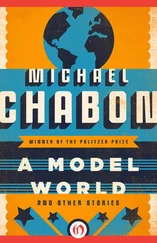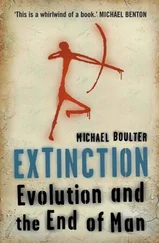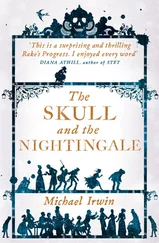There are many unique features in this textbook and supporting material:
Examples specific to nutrition and dietetics
Clear simple language for students unfamiliar with statistical terms and approaches. For many students, the study of statistics is seen as either a burden or irrelevant to their decision to study nutrition and/or dietetics. But they will be required to pass a statistics module as part of their course. The aim is to make this as engaging and painless as possible.
Lots of worked examples, with examples of SPSS output to help students with the interpretation of their analyses in the future.
Putting statistics into context so that it is relevant to many undergraduate and postgraduate research projects.
A website that provides complementary exercises, data sets, and learning and teaching tools and resources for both students and tutors.
This textbook is based on over 20 years of teaching experience. There are four parts:
Part 1: Setting the statistical scene
This introduces concepts related to the scientific method and approaches to research; populations and samples; principles of measurement; probability and types of distribution of observations; and the notion of statistical testing.
Part 2: Statistical tests
This covers the basic statistical tests for data analysis. For each test, the underlying theory is explained, and practical examples are worked through, complemented by interpretation of SPSS output.
Most undergraduate and postgraduate courses require students to collect data and/or interpret existing data sets. This section places the concepts in Part 1 and the learning in Part 2 into a framework to help you design studies, and determine sample size and the strength of a study to test your hypothesis (‘Power’). A Flow Chart helps you select the appropriate statistical test for a given study design.
The last chapter explores briefly how to present findings to different audiences – what you say to a group of parents in a school should differ in language and visual aids from a presentation to a conference of your peers.
Part 4: Solutions to exercises
It would be desperately unfair of me to set exercises at the end of each chapter and not provide the solutions. Sometimes the solutions are obvious. Other times, you will find a commentary about why the solution is what it is, and not something else.
No textbook is complete these days without online resources that students and tutors can access. For this textbook, the online elements include:
Teaching toolsTeaching notesPowerPoint slides for each chapterSPSS data, syntax, and output files
Learning resources:Links to online software and websites that support learning about statistics and use of statistical software
TEACHING TOOLS
Teaching notes
For lecturers delivering courses based on the textbook, I have prepared brief teaching notes. These outline the approach taken to teach the concepts set out in the textbook. I used traditional lecturing coupled with in‐class work, practical exercises, homework, and research protocol development. My current practice is to avoid exams for any of this material. Exams and formal tests tend to distract students from revision of study materials more central to their course. Some students get completely tied up in knots about learning stats, and they fret about not passing the exam, ultimately to their academic disadvantage.
The principal aid for tutors and lecturers is slide sets in PowerPoint. These save hours of preparation, provide consistent format of presentation, and build on approaches that have worked well with literally thousands of students that have taken these courses. When using the slides outside the context of teaching based on the text book, please ensure that you cite the source of the material.
SPSS data, syntax, and output files
A complete set of SPSS files for the examples and exercises in the text book is provided.
The page on Learning Resources includes website links and reviews of the strengths of a number of sites that I like and find especially helpful.
Unsurprisingly, there is a wealth of websites that support learning about statistics. Some focus on the basics. These are mainly notes from University courses that have been made available to students online. Some are good, some are not so good. Many go beyond the basics presented in this text book. Diligent searching by the student (or tutor) will no doubt unearth useful material. This will be equivalent to perusing the reading that I outline in the Introduction to Chapter 1.
Flow Charts are useful to find the statistical test that best fits the data. Appendix A10in this book shows one. There are more online. Two that I like are described in more detail on the Learning Resources page. I have also included links to sites for determining Power and sample size.
Finally, guidance on the use of Excel and SPSS in statistics is very helpful. There are many sites that offer support, but my favourites are listed on the Learning Resources page.
1 1SPSS stands for ‘Statistical Package for the Social Sciences’. It was developed at Stamford University in California, and the first manual was authored by Norman Nie, Dale Bent, and Hadlai Hull in 1970. The package was bought in 2009 by IBM. The worked examples and syntax in this book are based on Version 24 (2016). It has come a long way since its first incarnation, in terms of ease of use, error trapping, and output. Be grateful.
I would like to thank the hundreds of students who attended my classes on research methods and statistics. They gave me valuable feedback on what worked and what didn’t in the teaching sessions, the notes, and exercises. Irja Haapala and Peter Emery at King's College London took over the reins when I was working on other projects and made helpful contributions to the notes and slides. Charles Zaiontz at Real Statistics kindly helped with the Wilcoxon U table, and Ellen Marshall at Sheffield Hallam University very helpfully made available the data on diet for the two‐way analysis of variance. Mary Hickson at the University of Plymouth made helpful comments on the text. Mary Hickson, Sarah Berry, and Wendy Hall at King's College London, and Charlotte Evans at the University of Leeds kindly made data sets available. Thanks to the many colleagues who said, ‘You should turn the notes into a book!’ Stephanie, Rob, Tom, Cherie, and Cora all gave me great encouragement to keep going and get the book finished. Tom and Cora deserve a special thanks for the illustrations of statisticians. The Javamen supplied the coffee. Finally, I would like to thank Sandeep Kumar, Yogalakshmi Mohanakrishnan, Thaatcher Missier Glen, Mary Aswinee Anton, James Schultz, Madeleine Hurd, and Hayley Wood at Wiley’s for bearing with me over the years, and for their support, patience and encouragement.
About the Companion Website
This book is accompanied by a companion Website:
www.wiley.com/go/nelson/statistics 
The Website includes:
Datasets
Learning resources
Teaching notes
Читать дальше
